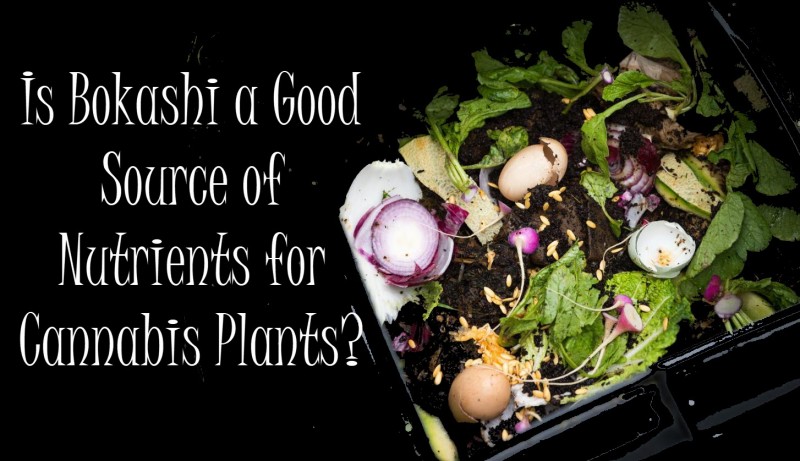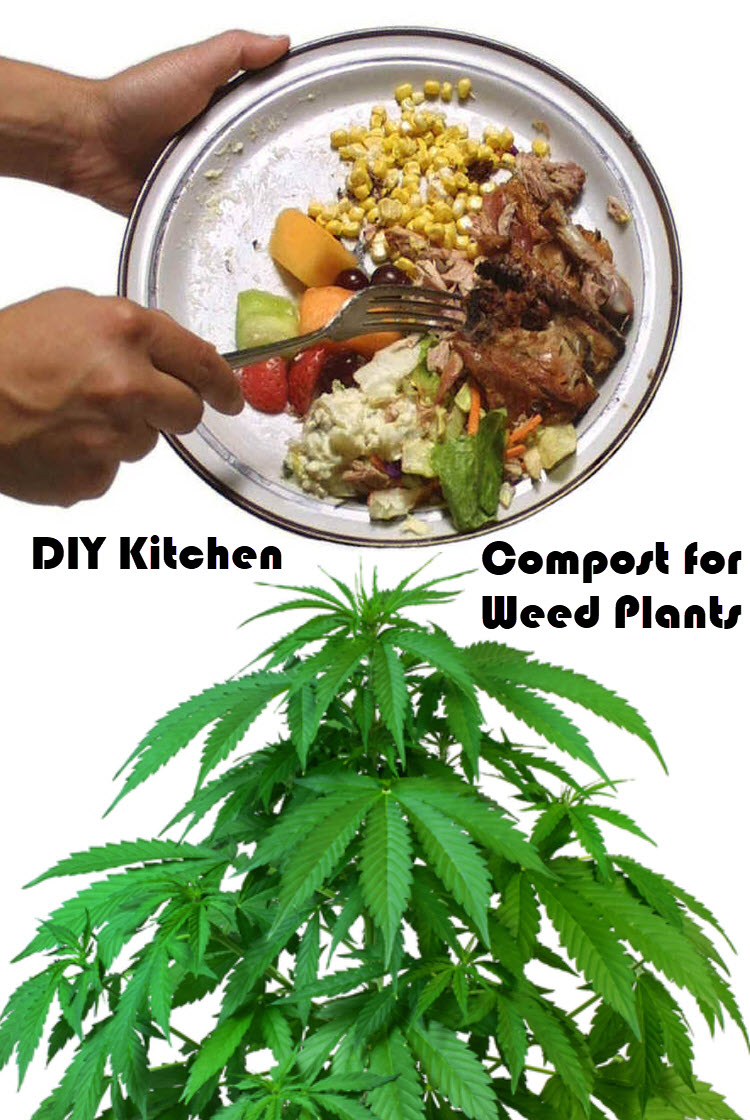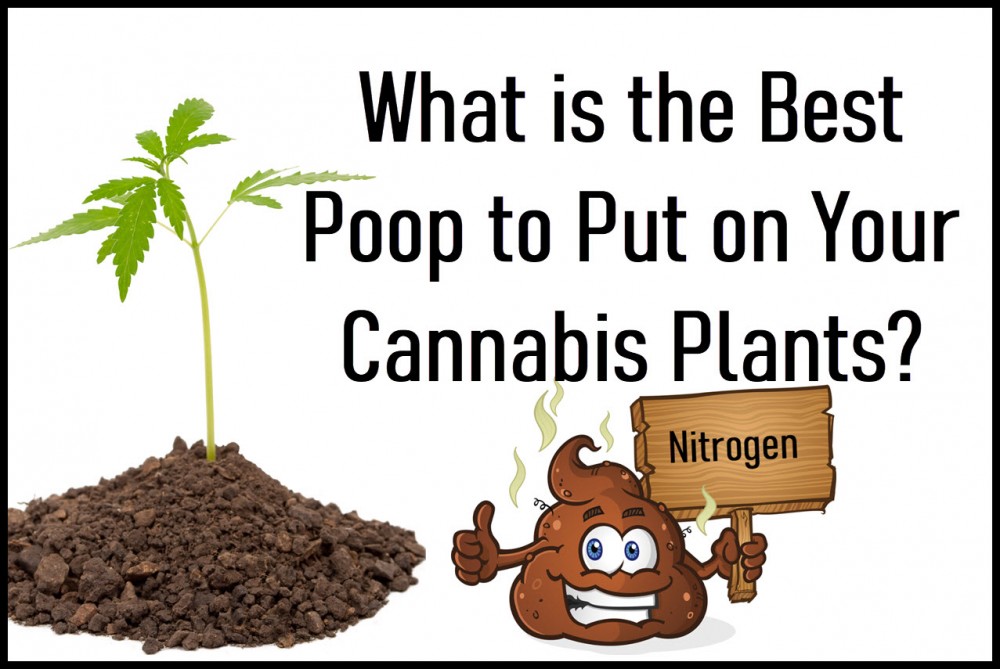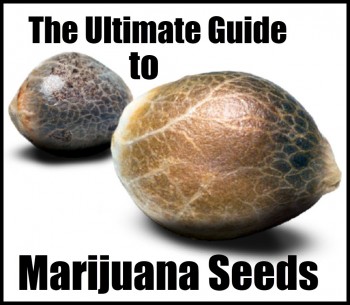Is Bokashi a Good Source of Nutrients for Cannabis Plants?

The cannabis plant like every other plant needs to be cared for and watched after to ensure its wellbeing and good yields. Cannabis growers are on the constant lookout for anything that promises to stimulate more rapid growth, ensure better yields, or guarantee the health of their plants. This has led to the development of several great growing techniques that are now being used to help the plants and Bokashi is one of them. Developed in the early 80s by Dr. Higa in Okinawa, Japan, bokashi is a special root stimulation mixture which is meant to actively ensure the availability of essential nutrients for your plant’s health by activating the synergy of microbes in the soil. It is an ancient Japanese composting method that transforms kitchen waste into usable and environmentally friendly manure. This is a composting technique that employs the use of anaerobic fermentation processes aided by the activities of several microbes to turn food waste into organic fertilizer. It is highly favored by organic growers because it transforms home and kitchen waste into something useful for the growth of the plant by increasing plant yield while fortifying the soil. It also produces the highest nutritional value among the various composting methods available within the shortest time available faster than all others.
Bokashi is rich in Nitrogen which is one of the most important nutrients the cannabis plant requires in its vegetative stage which is often not found in normal soil. Compared with other compost techniques, bokashi has high velocity and takes only a few weeks before it achieves the concentrated fertilizer stage with no dissipation of gases into the atmosphere occurring as its carried out in an airtight container. This method of composting does not require air and the container which it requires to carry this out will not only use less space but will also prevent the intrusion of outside influences such as insects or odors.
Due to the need to get rid of the liquid created during fermentation, it is necessary to have holes on the bottom of the airtight bucket to let it out. The liquid produced during fermentation can also serve as fertilizer to be used in watering the plants or it can be diluted to be used as a foliar spray for your plants.
How Bokashi is Carried Out
It is carried out by placing food and kitchen waste in an airtight container with inoculants or accelerants which is usually a mixture of anaerobic bacteria known as effective microorganisms (EM) or ‘bokashi activators’, wheat and molasses to feed the microorganisms similar to those found in the soil. This mixture is then left for some time which is usually between 10-20 days to ferment.
The bokashi can then be put into and mixed with the soil after fermentation has taken place, this should take place before the plant is transplanted into the soil. It can be used either alone or in complement with organic fertilizers to help boost the nutrient levels in the soil to meet the needs of your plant for them to grow well. After it has been mixed with the soil, bokashi as earlier stated starts a microbial process in the soil and attracts the needed beneficial ones to help with the plant nutrition thereby reducing the need for any chemical nutrients.
Advantages of Bokashi
Bokashi is known to have some properties which attract beneficial insects and drives pests away.
It is a cheap and cost-effective method of providing nutrition for your plants especially if it is homemade as it requires buying only the inoculators or activators.
It is an environmental-friendly method of offering your plants good nutrition while avoiding waste.
As it is an anaerobic process, it requires little space while eliminating the risk of contamination.
Bokashi, unlike other composting methods, allows the use of meat waste and dairy products
In addition to supporting leachate control, it also helps curb the activity of pathogens while reducing odors, noise, and dust.
Disadvantages of Bokashi
Though Bokashi makes nutrients available to the plants through microbial activity, it is not a fast process because it needs to first go through the decomposition process before the roots can then absorb them.
Bokashi needs to be first buried in the soil or added to regular compost and not used on the surface of the soil before it can be effective in supplying nutrients to the plant.
Bokashi like every homemade fertilizer tends to contain and possibly transfer pathogens to your plants.
It requires a significant amount of bokashi ferment to supply nutrients to the soil as it usually weighs the same before and after fermenting compared to regular compost which reduces weight.
Unlike compost that helps get rid of organic waste in gardens, bokashi does not react well with carbon-rich material which is why it is usually mixed with regular compost.
HOMEMADE FERTILIZER, READ MORE...
DIY KITCHEN COMPOSTING FOR YOUR MARIJUANA PLANTS!
OR...
HOW TO MAKE ORGANIC FERTILIZERS FOR CANNABIS PLANTS!
OR..
SEAWEED IN THE SOIL TO GROW WEED? WHAT???? CLICK HERE.









